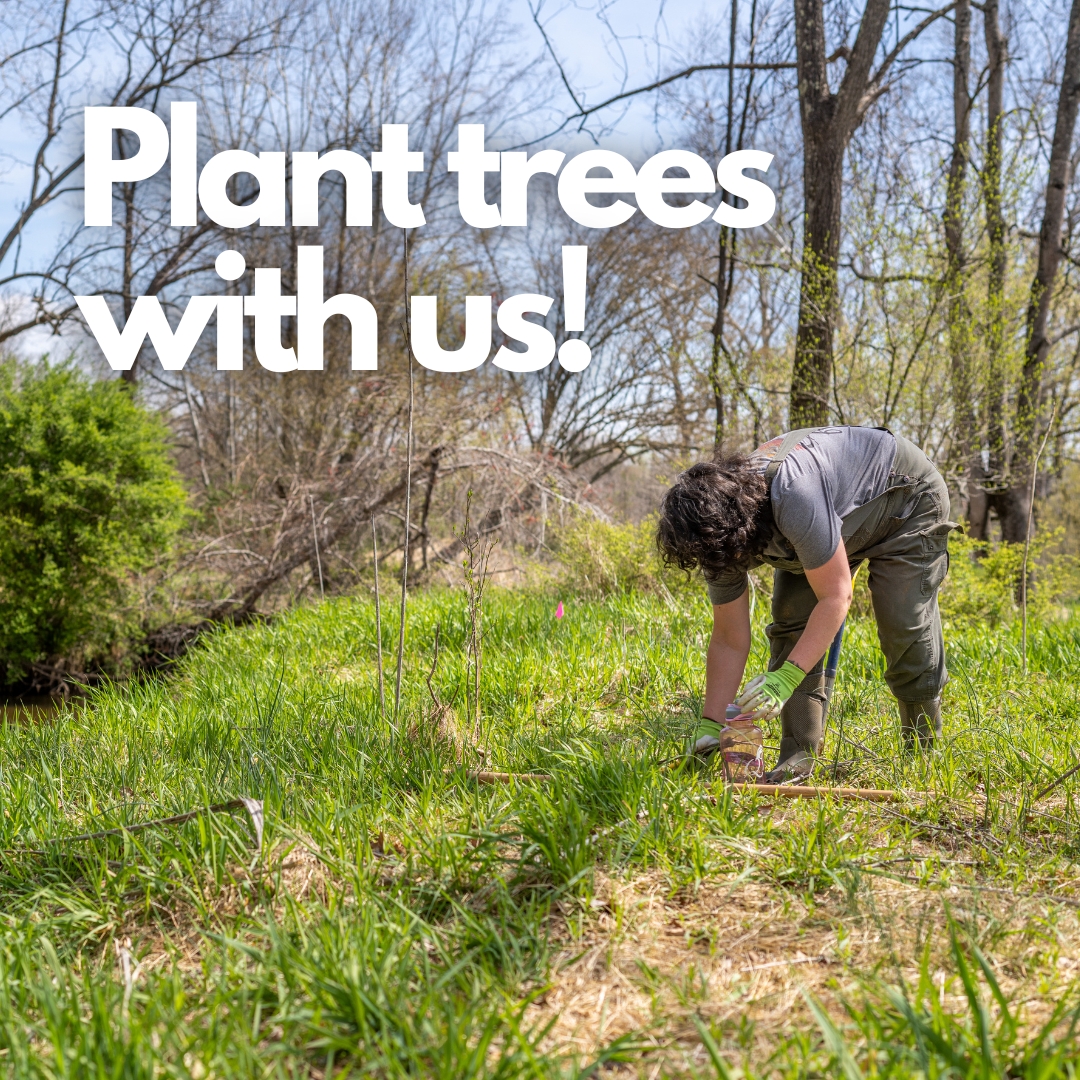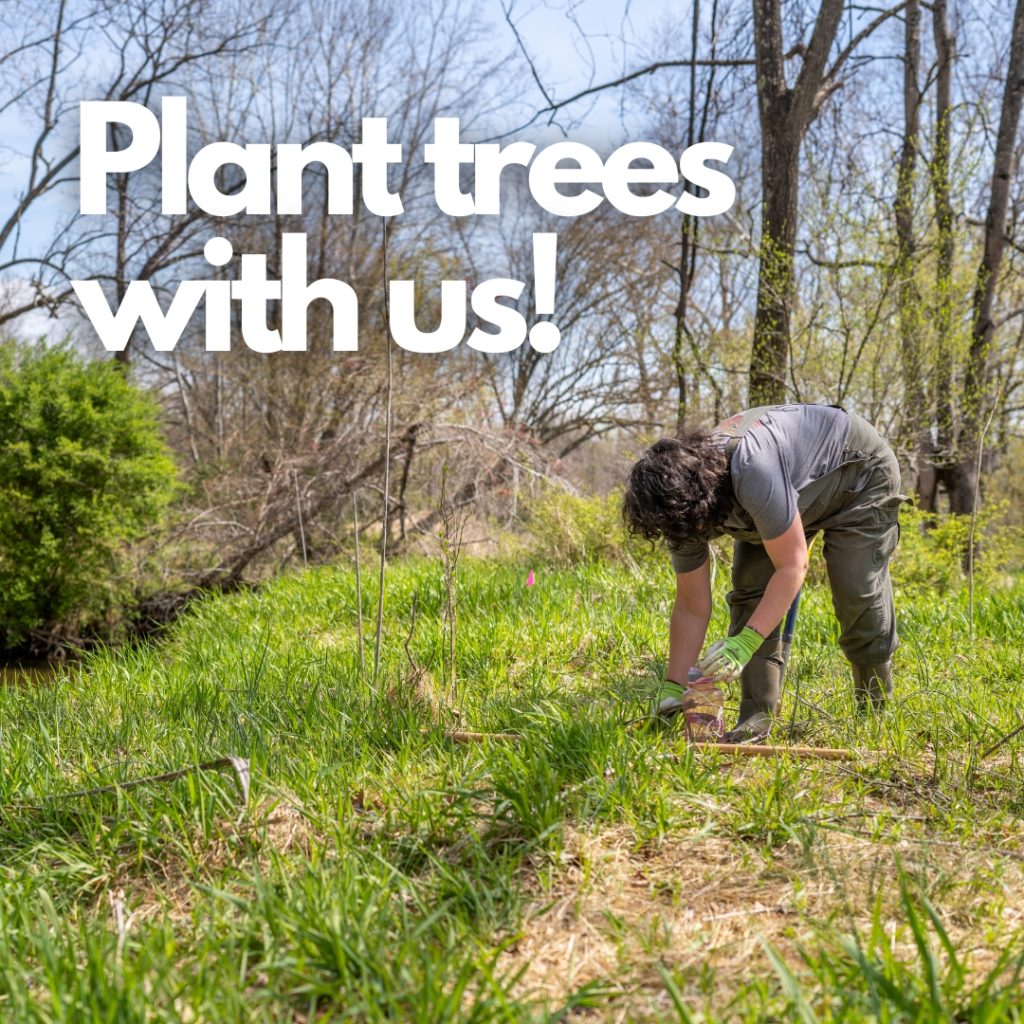We are so excited for our four volunteer tree plantings this spring in Clarke, Culpeper Orange and Rappahannock counties during March and April.
Aquatic & Riparian Area Restoration
Improving aquatic and riparian areas is a great way to achieve beter water quality and create wildlife habitat. Whether you live on a 1/4 acre parcel or a 100 acre property, there is a lot that you can do to help.
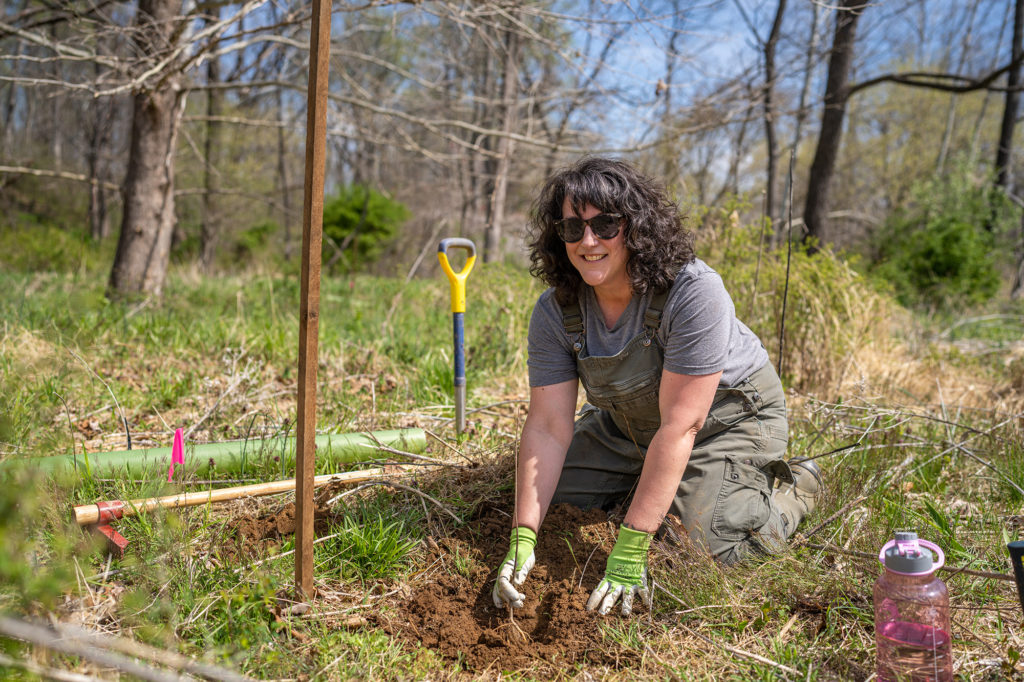
Earth Day Tree Planting at the Volgenau Property
Last week, with the help of 56 volunteers, we planted 550 trees along the banks of Thumb Run on the Volgenau property in Fauquier County.
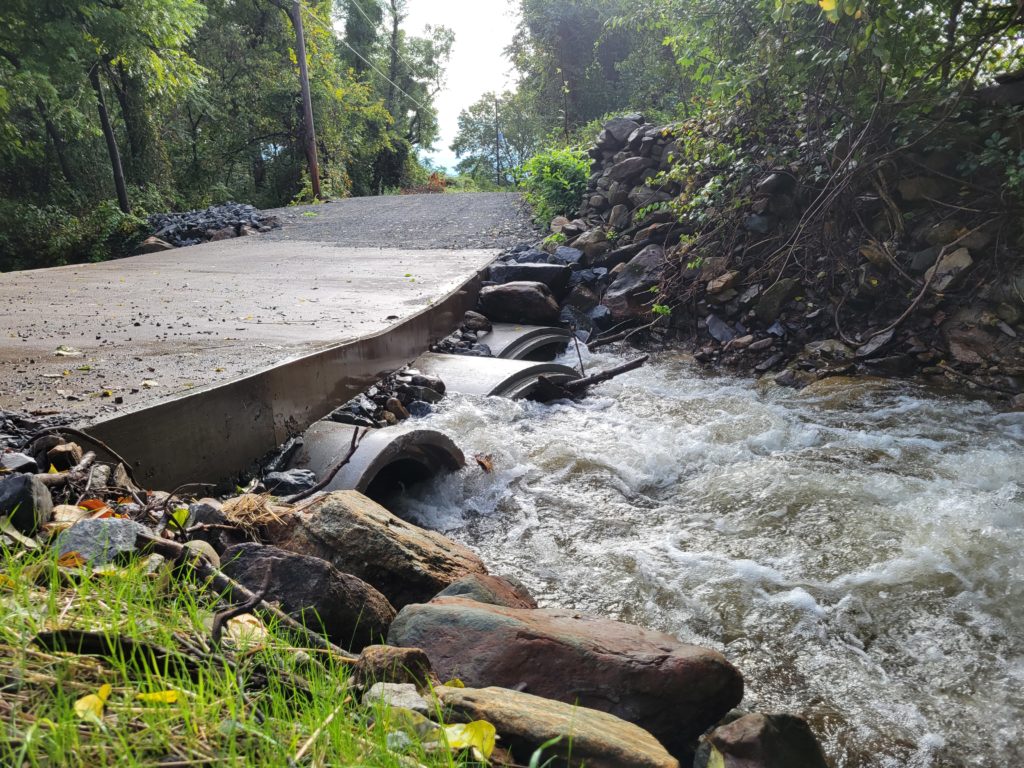
Working Together for Clean Water and the Brook Trout
PEC has been working with state agencies, partner organizations and landowners to improve fish passage across the Piedmont, one barrier at a time.
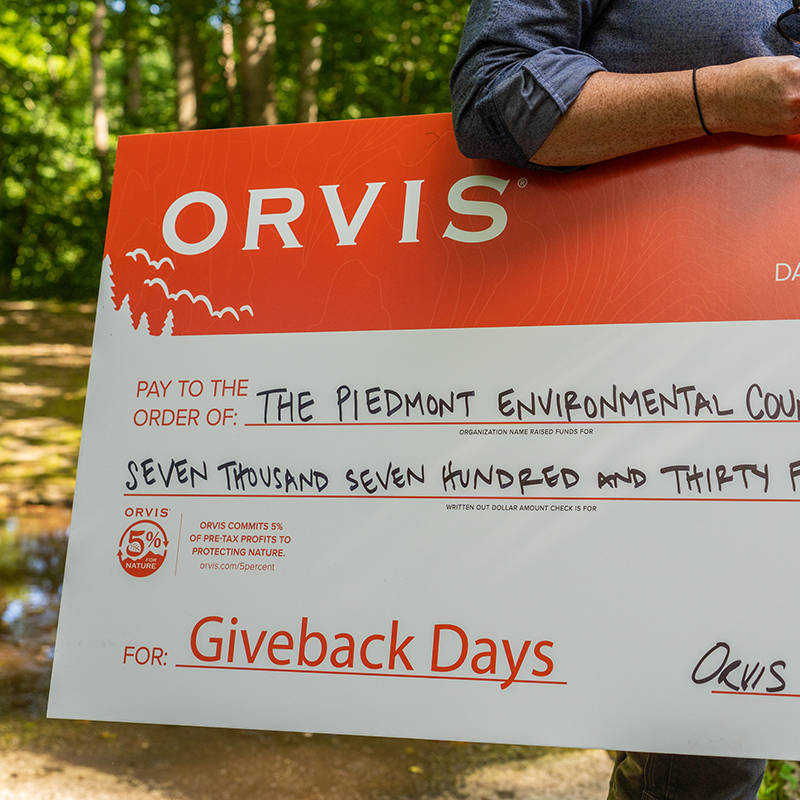
Video: Orvis Giveback Days for Bolton Branch
In May, The Piedmont Environmental Council teamed up with Orvis to raise money to restore two miles of brook trout stream habitat on Bolton Branch in Rappahannock County.
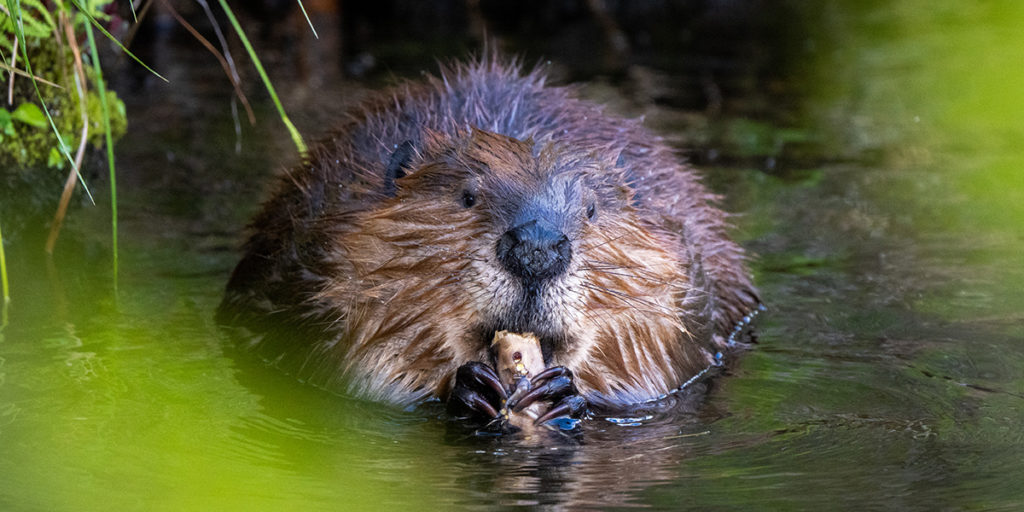
Beavers Are a Stream’s Best Friend
Did you know that beavers only eat the bark off branches? Well, sometimes they eat the buds and roots of their favorite trees, like willow, maple, poplar, beech, birch, alder and aspen trees.
Common Aquatic Invasive Species in the Piedmont
Invasive species are introduced to local waterways from other parts of the world. In the new environment and without natural predators, many adapt to the local aquatic environment, proliferate, and out-compete native aquatic species. Their often prolific reproduction causes ecological disruptions as well as problems with human use and enjoyment of waterways, including clogging water intake pipes and suffocating ponds.
The best way to help manage aquatic invasive species is to stop their spread by cleaning boating and other water equipment and by never releasing aquarium pets or plants into the wild.
Managing Your Section of a River or Stream
Managing flowing aquatic resources in the Piedmont is particularly important, due to our location in the headwaters of the Chesapeake Bay Watershed. Improvements to aquatic resources at the local level will enhance regional water quality. It is our duty as members of the greater ecological community to think of what our actions on the local level will do to wildlife downstream.
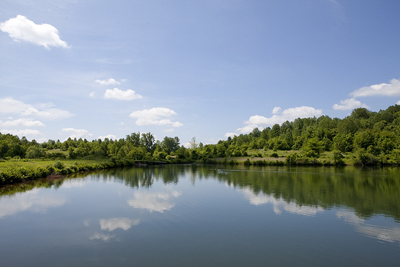
Managing Your Pond or Lake
Ponds and lakes can provide resources for feeding and nesting to a wide variety of terrestrial and aquatic organisms.
Backyard Rain Gardens & Frog Ponds
If you live in a suburban area, or have a property that does not contain a water sources such as a pond or a section of stream, you may want to consider planting a rain garden or building a frog pond.
Managing Wetlands for Wildlife
Wetlands, including seeps and springs, serve as important areas of habitat for aquatic and terrestrial animals, and provide the important ecological function of filtering sediment and pollution before they reach the watershed. Wetlands are most effective in their ecological function and as habitat when their unique vegetation is allowed to grow. It is recommended not to drain or mow wetlands, nor to remove trees or allow livestock in them.

